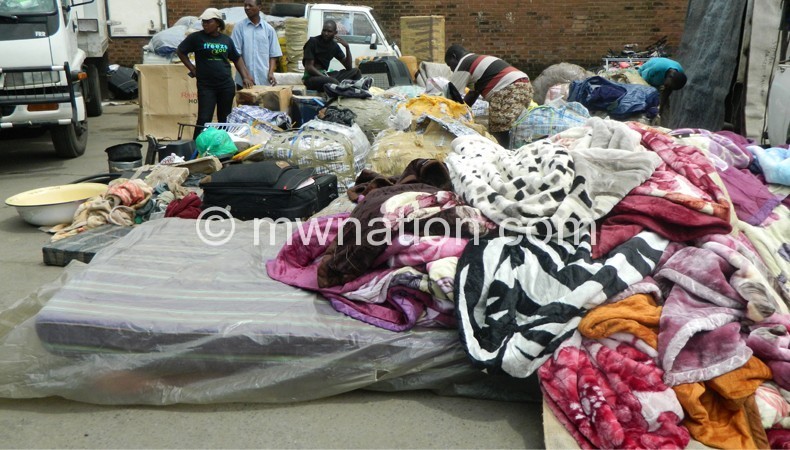Understanding Tripartite Free Trade Area
Africa marked a new chapter in trade with the launch of the Tripartite Free Trade Area (TFTA) on June 10 2015 at the holiday resort of Sharm el-Sheikh in Egypt.
Apart from signing the TFTA pact, dignitaries from the 26 African countries demonstrated their commitment to the long lived Africa’s Free Trade Area (FTA) dream.

The TFTA dream revitalises the ambition of integrating African countries to a giant trade bloc.
Experts have highlighted in several articles recently published both locally and internationally that if TFTA is realised, it will unchain the continent from the trade barriers which the three trade blocs—Southern Africa Development Community (Sadc), Common Market for East and Southern Africa ( Comesa) and the East African Community (EAC) have failed to break over the years separately.
The three blocs, through respective regional integration initiatives, have been pushing to remove trade barriers in respective regions, but many years down the line, their mission looks unaccomplished.
Those in cross-border businesses still find it hard to connect countries in the region with their goods.
Here at home, many Malawians still struggle to enter neighbouring countries for business.
With the TFTA agenda, three regional blocs encompassing 26 countries with a combined population of 632 million or 8 percent of world’s population and $1.3 trillion gross domestic product (GDP) will open up a common market.
Very optimistic with this move is the chairperson of the tripartite summit who is also Ethiopian Prime Minister Hailemariam Desalegn.
He describes the TFTA launch as a giant step in the regional integration agenda.
“By creating the TFTA we aim at enlarging the markets for the benefits of economies of scale, to use efficiently the natural resources, to profit from complementarities and strengthen our bargaining powers”, said Hailemariam at the TFTA launch in Egypt.
Malawi at the summit
President Peter Mutharika signed the document signalling Malawi’s commitment to support the agenda and what remains is for the Parliament to approve the commitment by 2017 as agreed at the summit.
But what lies in the TFTA agenda?
Primarily, according to the concept document of the initiative, the objective is to remove trade barriers on most goods, making them cheaper and stimulating K463 trillion worth of economic activity across the region.
The idea is premised on the belief that with a free trade area, the environment for business will be attractive for the business community with more opportunities for growth and this in turn will grow the region’s economy.
The TFTA document says the free trade area comes with a common market with a universal customs union.
“We will have member countries with a common legislation and customs, among others, and these will help the movement of both goods and people within the zone,” the TFTA document reads in part.
The TFTA dream
Nevertheless, the TFTA is not a new topic. It is a dream that dates back to 2011. Several negotiations have been held and despite the progress on the agenda, there are a number of issues that remain a challenge to the realisation of the TFTA.
The notable ones are trade remedies, rules of origin, tariff liberalisation as well as customs and transit procedures.
African Union (AU) trade commissioner Fatima Haram notes in an interview with Tralac that previous steps in regional integration have been frustrated by failure to harmonise rules of origin and creation of regional value chains.
Indigenous Business Association of Malawi (Ibam) president Mike Mlombwa says this is an opportunity to the landlocked Malawi and its business community.
“This is exciting news to both businesspeople in the country and
government. It will earn us foreign exchange and exposure to other business opportunities and markets,” Mlombwa told Business Review.
Minister of Trade and Industry Joseph Mwanamveka looks at the agenda in two folds; an opportunity for Malawi’s industry to grow and a challenge in terms of business competition.
“TFTA would ease movement of goods and people within the area and also harmonise policies in areas of common interests and address issues of multiple membership. However, our companies need to improve on value addition because this TFTA is also raising standards of productions,” says Mwanamveka.
As these suggestions sound more viable, history is still fresh that despite being a member of several regional integrations agendas, Malawi has not benefited and utilised the opportunities fully. It is now good that it reviews its performance in Sadc and Comesa regional integration agreements and figure out how best it can benefit from TFTA.





